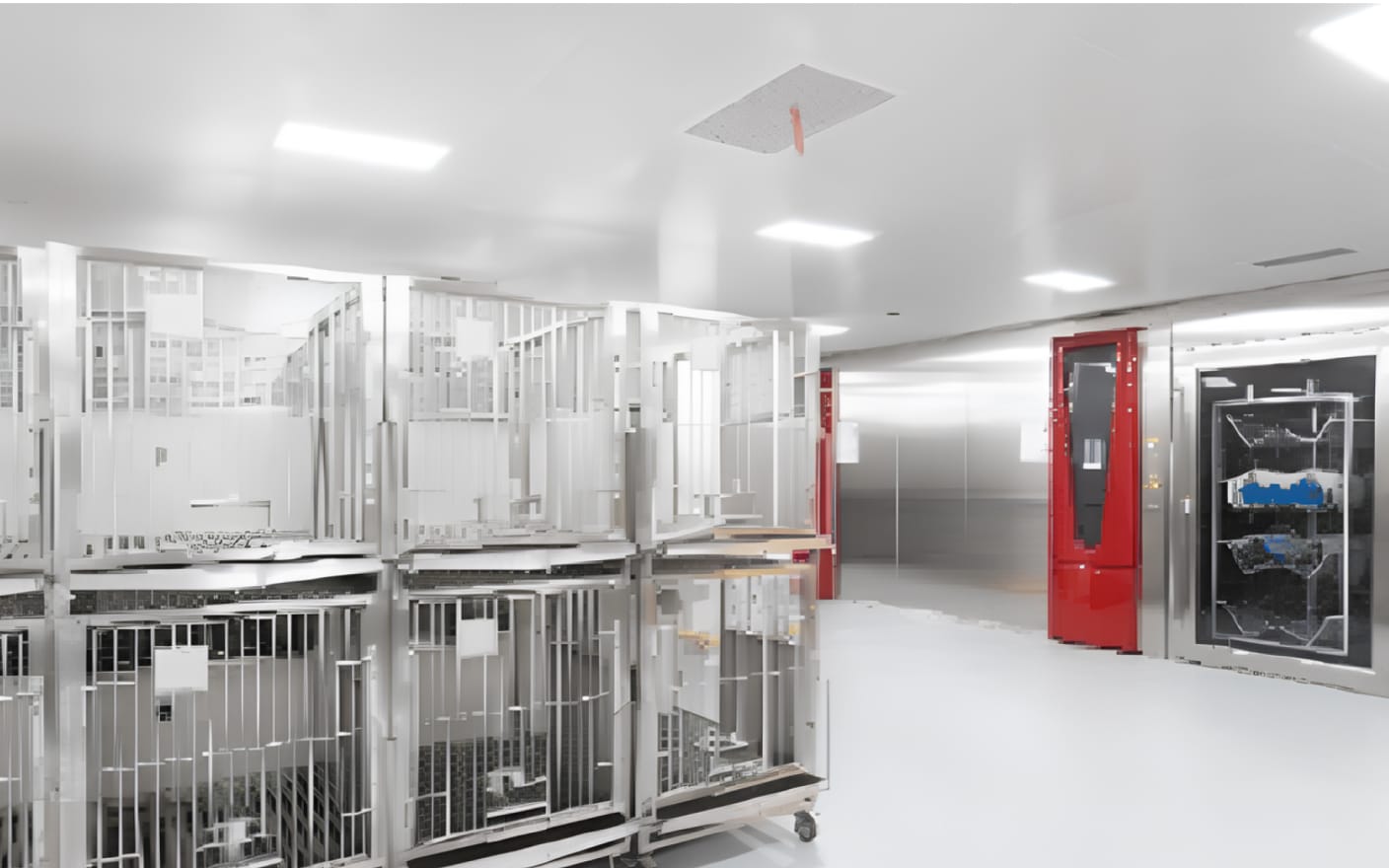Increasingly, lead compounds, candidate compounds, and approved drugs exhibit high hydrophobicity and low water solubility, particularly in emerging modalities. Given the large number of candidate compounds in preclinical studies and the low approval probability, formulation optimization strategies are crucial. Safety and tolerance in animal trials are also vital. This blog discusses the strategies that the in vivo PK preclinical formulation team at WuXi AppTec uses for optimizing preclinical pharmacokinetic studies. The focus of the blog will be on solvent selection and particle size reduction.
High prevalence of poorly soluble compounds in drug development
Poorly soluble BCS (biopharmaceutics Classification System) Class II and Class IV drugs constitute approximately 90% of the NCE molecules.1 During the preclinical stage, compounds often exhibit insoluble characteristics and require preclinical formulation optimization for further pharmacokinetic studies.
How to improve in vivo absorption of poorly soluble compounds
From a formulation perspective, there are suggested approaches to address these challenges:
1) Selection of an appropriate solvent
Choosing a combination of solvents is crucial for enhancing drug solubility. Currently, there are five major categories of solvents used to increase solubility: pH modification, co-solvents, inclusion complex, surfactants, and lipids.
The rational utilization of the five major classes of combination solvents mentioned above can effectively enhance drug solubility. Co-solvents, cyclodextrins, and surfactants are the most utilized and can be combined with pH modification for a marked improvement on solubility.
2) Reduction of the particle size to enhance the dissolution rate
Reducing the particle size of a compound, thereby increasing its specific surface area (the total surface area per unit mass of material), can enhance the dissolution rate of poorly water-soluble compounds.
Concluding remarks
The limited water solubility of compounds presents hurdles in their development. To address this, WuXi AppTec DMPK created a database with information on numerous solvent-tolerance combinations used in historic in-house animal trials, aiding the quick design of animal-friendly solvent formulations. Several key properties are included in the consideration, such as compound properties, animal species, administration methods, and volumes. We also use in vitro tests to select an optimal solvent combination.
If you want to learn more details about the formulation optimization strategies that improve poorly soluble compounds, please read the article now.
Committed to accelerating drug discovery and development, we offer a full range of discovery screening, preclinical development, clinical drug metabolism, and pharmacokinetic (DMPK) platforms and services. With research facilities in the United States (New Jersey) and China (Shanghai, Suzhou, Nanjing, and Nantong), 1,000+ scientists, and over fifteen years of experience in Investigational New Drug (IND) application, our DMPK team at WuXi AppTec are serving 1,500+ global clients, and have successfully supported 1,200+ IND applications.
Talk to a WuXi AppTec expert today to get the support you need to achieve your drug development goals.
Related Services and Platforms




Stay Connected
Keep up with the latest news and insights.











